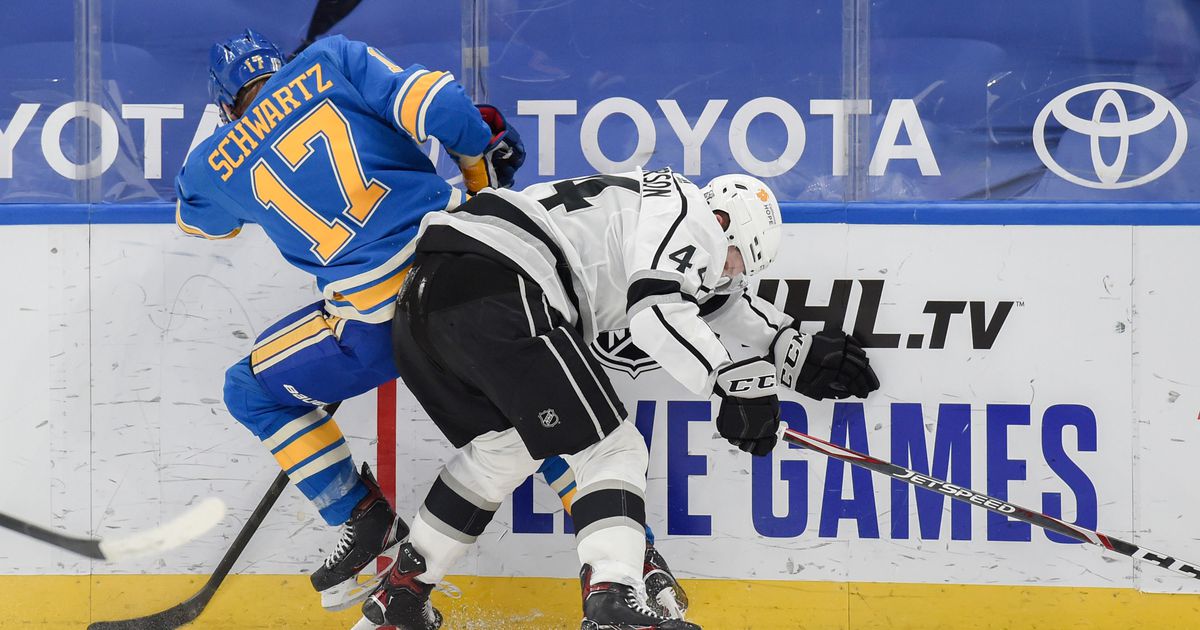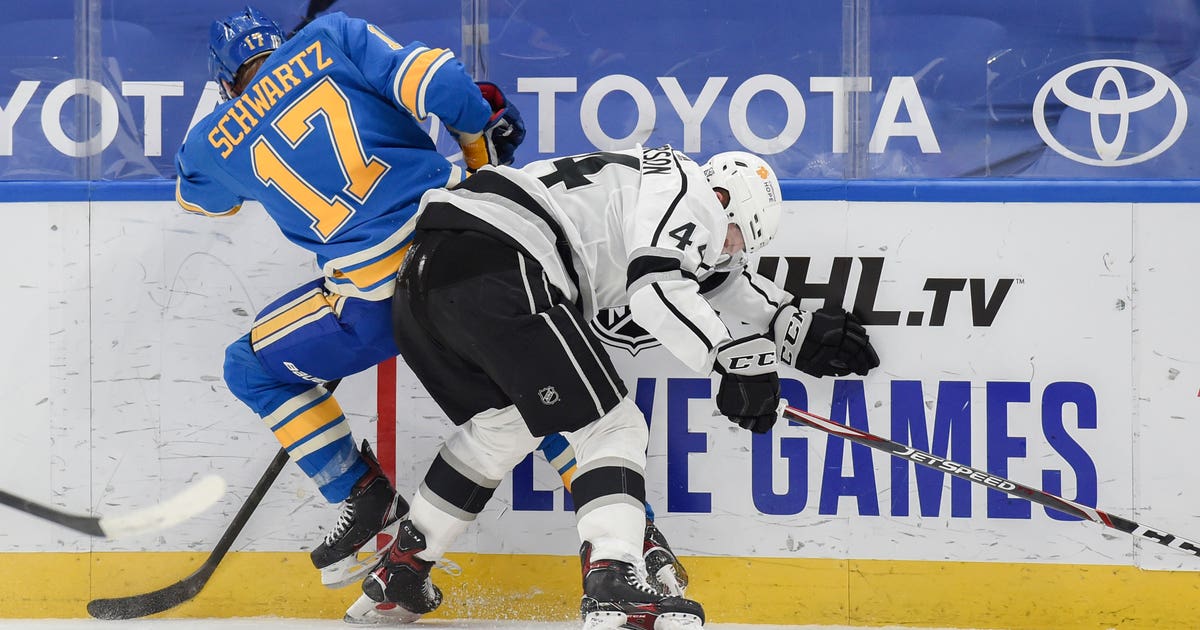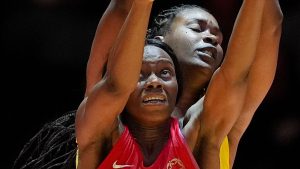Early games throughout NHL are featuring a lot of ‘sloppy’ hockey


With an outbreak delaying the Dallas Stars‘ opener, Rick Bowness got to watch a lot of hockey in the first couple of nights of the NHL season. It wasn’t a coach’s dream.
“It was entertaining hockey, but it was a little sloppy,” Bowness said. “And that’s to be expected.”
“Sloppy” is the term being used all over the league to describe play in the first two weeks of the season. After no exhibition games — and no action at all for seven teams in the past 10 months — there have been plenty of odd-man rushes and mistakes, with six goals a game being scored on average.
Only strong goaltending has kept it from looking like the high-scoring, wide-open 1980s.
“Guys are a little rusty, for sure,” said Steven Stamkos, Tampa Bay’s Stanley Cup-winning captain. “You don’t realize how important exhibition games are until you don’t have any to just get some timing down.”
Timing has been thrown off by a bevy of injuries and some virus-related absences. Teams are shuffling their lineups more, losing the kind of chemistry that usually builds through training camp and into the season.
“We’re always throwing guys in and out and it’s hard to get some continuity,” said Bowness, whose Stars have played only three games. “And it’s not just us. It’s a lot of teams around the league. So that adds to this bit of sloppy play.”
“Sloppy” could be a synonym for “undisciplined,” and referees are getting plenty of practice blowing their whistles and putting an arm in the air. Games are averaging more than seven penalties apiece so far, which contributes to New York Islanders coach Barry Trotz’s theory that special teams “seem to be the difference-makers every night now.”
Berube on Stone only getting a two-minute minor after his hit on Bozak: “Terrible call. We’re getting penalized, six penalties a night. I don’t see it. I really don’t, and I’m tired of it.” #stlblues pic.twitter.com/opmIjlBC5t
— FOX Sports Midwest (@FSMidwest) January 27, 2021
Some goaltenders are proving to be difference-makers, like the Islanders’ Semyon Varlamov, who stopped 81 of the first 82 shots he faced. All divisional play figured to help skaters who needed to study only the 12 to 15 goalies they’d face, but he’s benefiting from years of experience in the NHL.
“Every time you play the game, the forwards always try to surprise you with a different movement and everybody’s going to try to do different things on the ice,” Varlamov said. “When you play so many times against the best players in the league, you kind of start learning of course what they do against you, what they try to do, so you try to learn these things.”
The learning process is happening at every position, and acclimating to a 56-game season should bring with it more structure in the coming weeks. San Jose coach Bob Boughner has already noticed a difference.
“Everybody is feeling more comfortable in their systems and the games are tightening up a little bit,” he said. “You could already sense that. Guys are starting to get back into it.”








